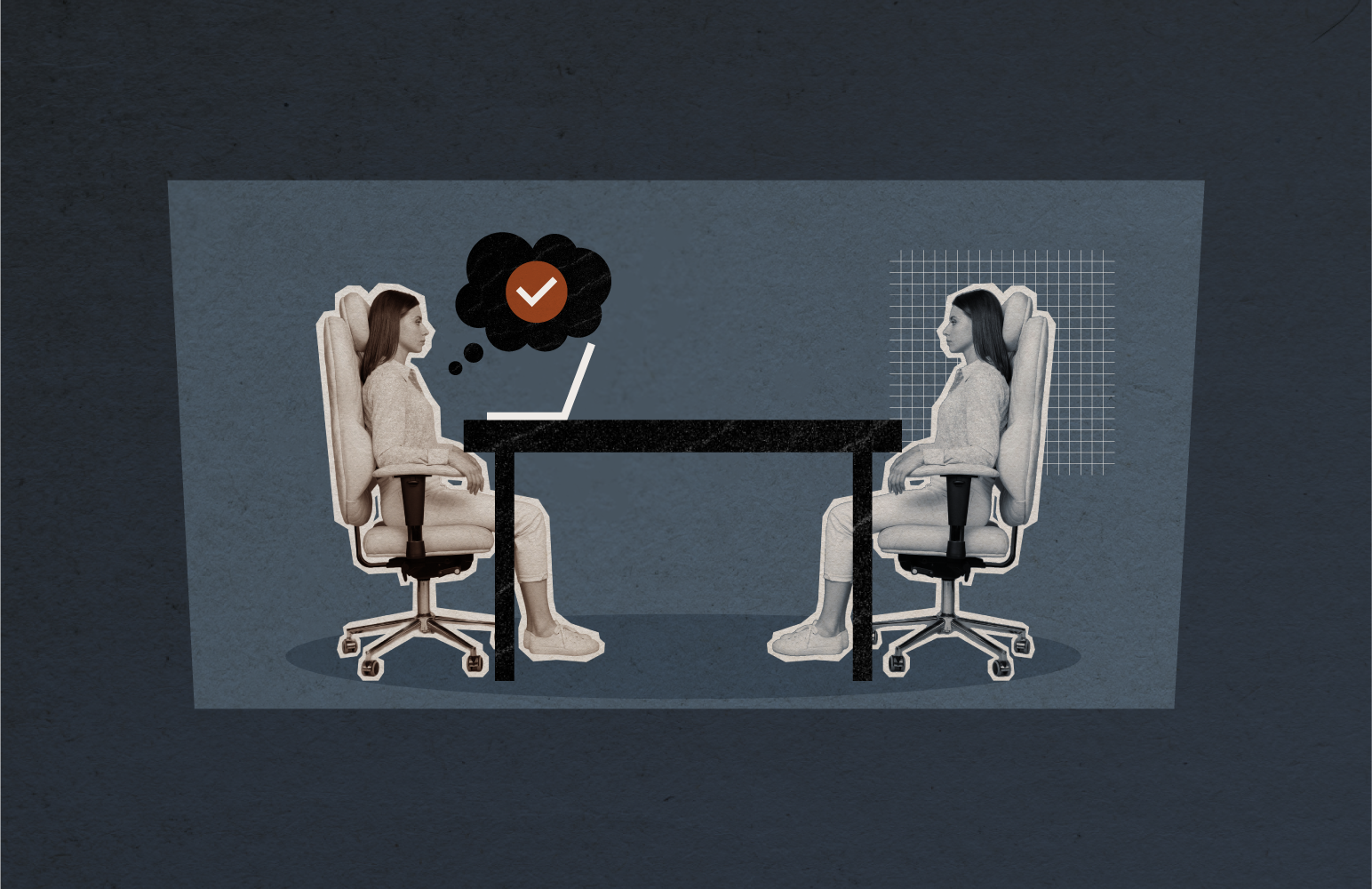Questions about affinity bias in hiring? Our professional team of senior recruiters is here to help.
Even with the best intentions, hiring decisions are often affected by unconscious preferences. One of the most prevalent forms is affinity bias—our tendency to favour people who resemble ourselves in appearance, background, beliefs, or behaviour. In the context of recruitment, this can subtly but powerfully impact who gets hired, who gets overlooked, and why.
Affinity bias in hiring is not just a moral or ethical concern—it’s a strategic one. Over time, unchecked bias can reduce diversity, limit innovation, and hurt overall business performance. By understanding how similarity bias affects the recruitment process, organizations can take proactive steps to evaluate talent more objectively and build stronger, more inclusive teams.
Want to know more? Read our guide on best practices in recruiting.
What Is Affinity Bias?
Affinity bias is a cognitive shortcut. When we encounter someone who reminds us of ourselves—or of someone we like—we instinctively feel more comfortable. In hiring, this might mean giving preference to candidates who attended the same school, come from a similar background, or share personal interests with the interviewer.
While these connections can feel harmless, they can undermine the integrity of the hiring process.
“It’s easy to slip into this mode, especially when you’re hiring multiple people for similar roles or under time pressure,” says Henry Goldbeck, President of Goldbeck Recruiting. “You go with what feels familiar—and that’s not always what’s best.”
How Affinity Bias Shows Up in Recruitment
Affinity bias can appear at any stage of the recruitment process, from resume screening to final interviews. Some common examples include:
- Prioritizing candidates based on shared interests or educational background
- Overvaluing candidates with similar communication styles
- Assuming ‘culture fit’ means personal compatibility, not professional alignment
- Overlooking stronger candidates due to unconscious gender bias or unfamiliar accents
“I’ve been in this business a long time,” Goldbeck reflects. “Years ago, clients would openly say, ‘We don’t want a woman’ or ‘We don’t want a Chinese candidate.’ They wouldn’t always say ‘We want a white man,’ but they’d tell you what they didn’t want.”
While overt bias may have become less socially acceptable, unconscious preferences persist. Even subtle preferences can exclude highly qualified candidates.
Affinity Bias vs. Similarity Bias vs. Gender Bias
It’s helpful to distinguish between related terms:
- Affinity bias: Favouring people who resemble us personally or culturally
- Similarity bias: A broader tendency to seek common ground or familiarity
- Gender bias: Prejudicial treatment based on someone’s gender identity or presentation
These biases often overlap. A hiring manager may unconsciously favour a candidate who reminds them of a former colleague they liked. Another may perceive women as less competent for leadership roles, even without realizing it.
All of these biases distort hiring decisions and undermine the recruitment process.
Why It’s a Problem for Business
Affinity bias leads to a homogenous workforce—not just in terms of demographics, but also in thought, behaviour, and experience. This can:
- Limit innovation and creative problem solving
- Create blind spots in decision-making
- Damage the employer brand
- Hinder inclusion and employee engagement
“If you’re hiring someone for a very niche, hard-to-fill role, clients tend to care less about background and more about qualifications,” says Goldbeck. “But in roles with many applicants, bias tends to creep in more easily.”
This observation aligns with research: bias tends to increase when there’s more subjectivity or flexibility in decision-making. That’s why high-volume hiring often demands the greatest vigilance.
Practical Steps to Reduce Affinity Bias in Hiring
Addressing affinity bias doesn’t mean removing human judgment. It means strengthening it with better structure, awareness, and checks. Here’s how:
1. Standardize Your Hiring Process
Create consistent evaluation criteria for every candidate. Use structured interviews with pre-determined questions.
- Score candidates based on competencies, not chemistry
- Limit improvisation in early-stage interviews
2. Train Interviewers on Unconscious Bias
Provide regular training to help hiring managers recognize and address their own biases. Encourage them to pause before making assumptions.
3. Use Blind Resume Reviews Where Feasible
Removing names, photos, or details like graduation dates from resumes can help reduce the influence of irrelevant factors like gender or age.
“We don’t blind resumes,” says Goldbeck, “but we’re mercenaries. We want the best person for the job so we can fill the position and earn our fee. We focus on skills and experience and try to move the employer past any bias.”
While external recruiters like Goldbeck often bring objectivity to the process, internal teams can use blind screening tools to surface candidates they might otherwise overlook.
4. Involve Diverse Perspectives in Hiring
Include multiple stakeholders in interviews. Team-based assessments provide balance and reduce overreliance on any one perspective.
5. Define ‘Culture Add’ Over ‘Culture Fit’
Instead of looking for someone who fits into your existing team dynamic, ask what perspectives are missing. Prioritize contribution over comfort.
The Role of External Recruiters in Mitigating Bias
Experienced recruiters add valuable objectivity to the hiring process. By focusing on measurable qualifications, performance indicators, and cultural contributions, they can present a balanced slate of candidates.
“Our job is to earn a fee by making the client happy—and that means finding the best candidate,” says Goldbeck. “We’ll still present a strong candidate, even if they don’t meet the client’s stated preferences. Often, the client ends up hiring them anyway.”
Recruiters also bring structure to hiring decisions. Their processes are built to assess candidates systematically, especially in executive searches where stakes are high and subjectivity is more common.
Final Thoughts
Affinity bias in hiring is often invisible—but always impactful. The more aware organizations become of these hidden patterns, the better positioned they are to recruit based on merit, not similarity.
Hiring the right leader isn’t just about qualifications. It’s about perspective, adaptability, and long-term potential. Reducing affinity bias helps businesses make better hiring decisions while building diverse, resilient teams.
Ready to make the best hire for your company? Let’s get started!



